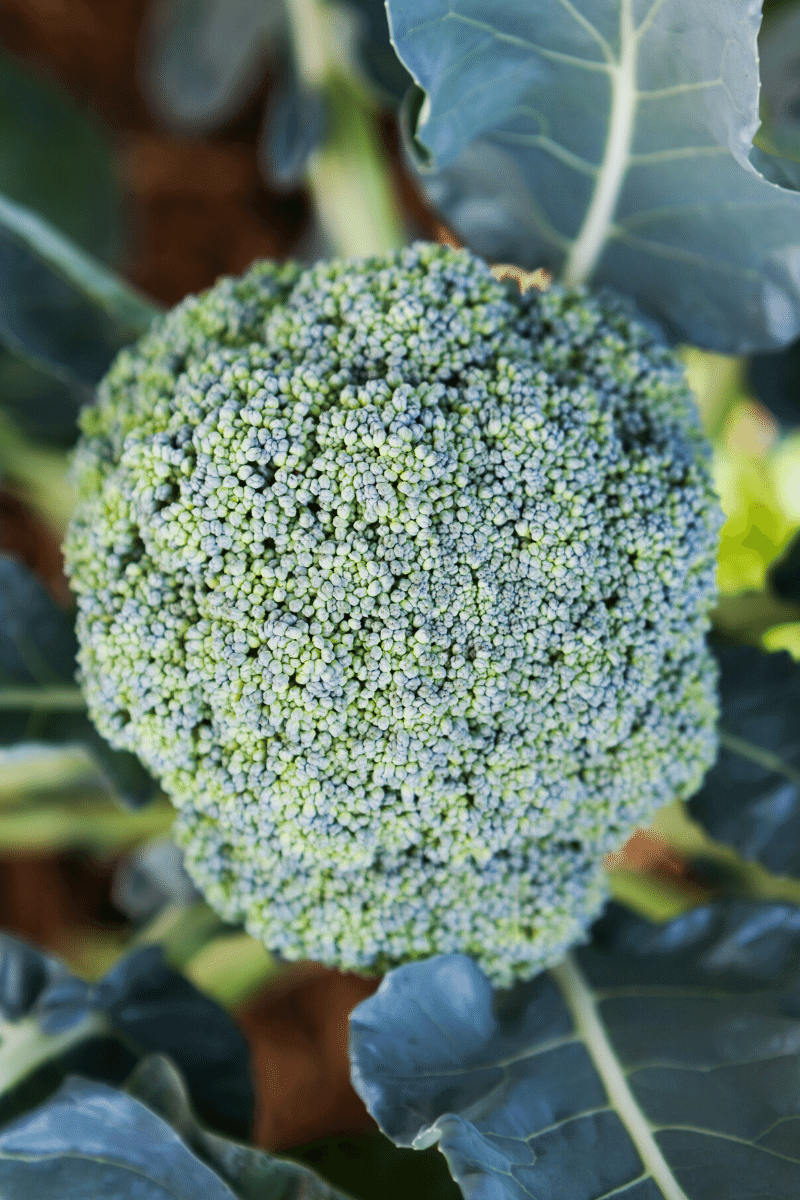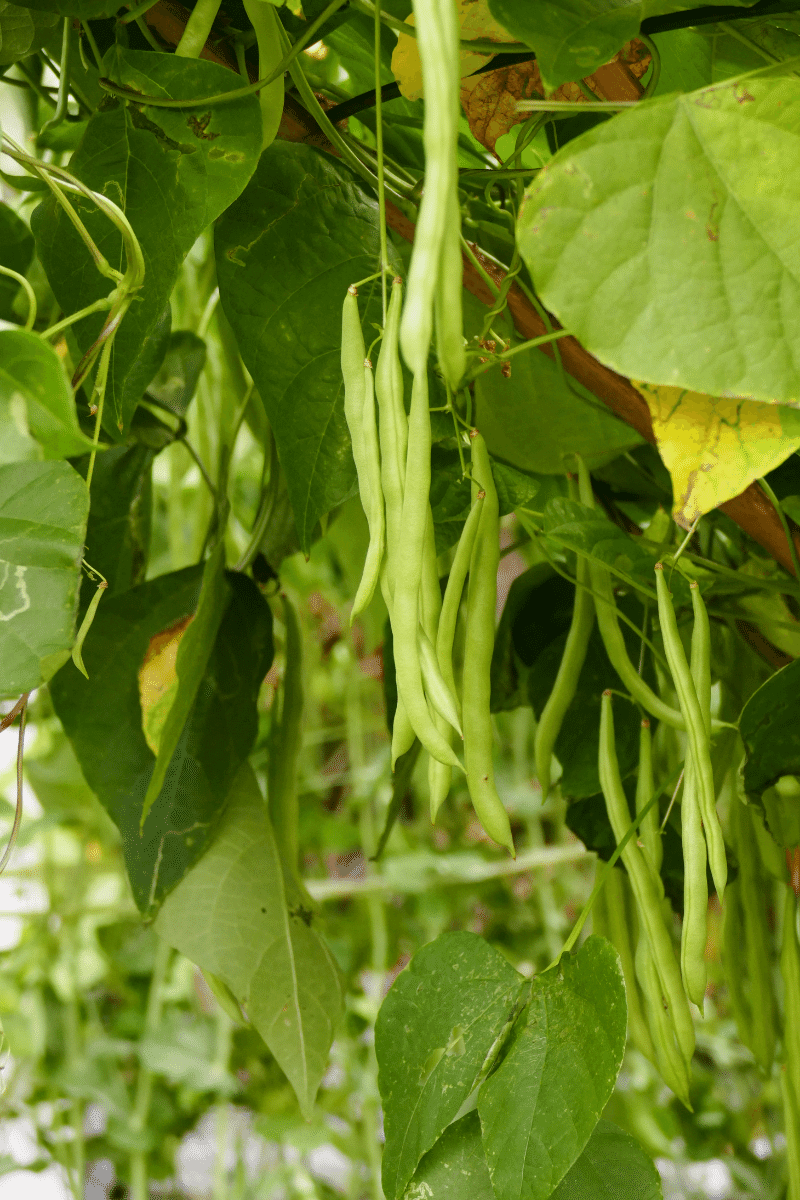Rhubarb is a herbaceous perennial vegetable that can handle cold weather. Its roots live for many years, but the part that grows above ground dies back every winter and grows back every spring.
This tart vegetable is most commonly eaten like fruit, in crisps, muffins, simple syrups, and other sweet dishes. I love to use my steam juicer to make rhubarb juice!.
Rhubarb is a favorite perennial vegetable for many home gardeners. Its tart stalks are delicious in everything from pies and crisps to chutneys and wine. However while rhubarb has many great companion plants that can boost growth and deter pests it also has some companions that are less than ideal. Avoid planting these crops near your rhubarb to prevent decreased yields and other issues.
Why Companion Planting Matters
Companion planting is the practice of strategically planting mutually beneficial crops together. The right companions can:
- Deter pests
- Attract pollinators
- Provide nutrients
- Offer support like trellising
- Repel diseases
Alternatively, incompatible plants may stunt each other’s growth, compete for nutrients, or attract more pests Consider companion relationships carefully when planning your garden layout
Worst Companion Plants for Rhubarb
While rhubarb gets along with many plants, a few stand out as poor companions. Be especially wary of planting the following near your rhubarb:
1. Brassicas
Broccoli, cabbage, cauliflower, and other brassicas are not the best match for rhubarb. Some gardeners report reduced yields when brassicas are planted near rhubarb patches.
The exact mechanism remains uncertain. Some suspect brassicas and rhubarb compete for nutrients due to their hungry appetites. Others point to possible soil pH differences, as brassicas prefer more alkaline conditions than rhubarb’s ideal slightly acidic soil.
Whatever the reason, keep brassicas separate from rhubarb to avoid growth issues.
2. Potatoes
Potatoes make another poor rhubarb companion. Both potatoes and rhubarb are heavy feeders with extensive root systems. When planted in close proximity, they will compete for water, nutrients, and space.
Additionally, potatoes and rhubarb share several common pests, like the cabbage maggot. Close quarters can allow these pests to move easily between crops and quickly multiply.
3. Corn
The tall stalks of corn can easily shade out lower-growing rhubarb. Corn plants also have voracious appetites and depleted soil nutrients quickly.
For best results with both crops, keep corn separate from rhubarb patches.
4. Melons & Squash
Prolific vining crops like melons and squash can also spell trouble for rhubarb. Their sprawling growth habit allows them to easily overtake the vegetable garden, robbing rhubarb of necessary sunlight and choking out growth.
Additionally, most squash varieties prefer neutral soil pH, while rhubarb thrives in slightly acidic conditions. Their differing soil needs make them poor companions.
5. Mint
Mint’s aggressive spreading presents an issue for rhubarb. This hardy herb can quickly take over garden spaces, crowding out nearby plants.
Rhubarb’s perennial nature makes it especially vulnerable, as mint can invade root zones year after year. For this reason, mint and rhubarb are rarely successful companions.
6. Tomatoes
Tomatoes attract many common rhubarb pests, like aphids, cabbage loopers, and flea beetles. Their proximity to rhubarb makes it easier for these pests to also attack your rhubarb plants.
Tomatoes also thrive with a higher pH than rhubarb prefers. As with brassicas, differing pH needs can present a challenge when tomatoes and rhubarb are planted together. Keep them separate for best results.
Best Companion Plants for Rhubarb
While some plants spell trouble for rhubarb, many others make excellent companions. Consider incorporating some of these friendly plants:
- Onions – Deter pests like beetles and weevils
- Garlic – Repels aphids, slugs, and beetles
- Marigolds – Gorgeous flowers that deter pests
- Nasturtiums – Bright blooms that attract pollinators
- Chives – Repel aphids and other pests
- Beans – Provide nitrogen; rhubarb deters aphids
- Beets – Prevent rhubarb stalks from becoming woody
- Strawberries – Provide ground cover and weed control
When choosing companion plants, opt for those with different growth habits and nutrient needs to minimize competition. For example, shallow rooted beets won’t compete with rhubarb’s deeper roots.
Herbs and flowers also make great companions, as their small size won’t impede rhubarb growth. Consider your overall garden layout and sunlight conditions when deciding where to plant rhubarb companions.
Companion Planting Tips for Rhubarb
Follow these tips for success with rhubarb companion planting:
-
Amend soil with compost to provide nutrients for heavy feeders like rhubarb.
-
Allow plenty of space between plants to prevent crowding.
-
Separate plants with differing pH needs.
-
Use taller companions to shade rhubarb in hot climates.
-
Monitor for pest outbreaks and diseases. Remove affected plants immediately.
-
Weed regularly to prevent nutrient competition from weeds.
-
Use raised beds for improved drainage in heavy soils.
-
Use trellises and cages to contain sprawling crops like beans and tomatoes.
Enjoy an Abundant Rhubarb Harvest
Avoid planting brassicas, potatoes, corn, melons, mint, or tomatoes near your rhubarb to prevent decreased yields. Focus on small, pest-repelling flowers and herbs that won’t compete for light and nutrients.
With smart companion selection and proper planting techniques, your rhubarb will thrive! Incorporate the tasty stalks into pies, jams, baked goods, or try freezing rhubarb for enjoyment all year long.

The best companion plants for rhubarb
Here are some of my picks for companion planting rhubarb, in alphabetical order:
Alliums:
The allium family includes garlic, onions, and chives. These delicious and fragrant plants are excellent choices for planting with rhubarb. Their strong smell keeps pests like aphids, whiteflies, and weevils away, and it might even keep slugs away. On top of that, alliums keep big pests like deer and rodents from eating your rhubarb plants.
Dont forget about the ornamental alliums! Many ornamental alliums also deter pests. Do consider avoiding alliums if youre planting beans!.

Brassicas:
Some plants in the brassica family are kale, broccoli, cabbage, and cauliflower. This pair of plants doesn’t really work well together because the brassicas use the rhubarb more than the rhubarb uses the brassicas!
The rhubarb plant’s big, broad leaves are great at blocking the sun and providing shade, which keeps cole crops like brussels sprouts from getting sun damage and keeps common pests like whiteflies away.

Legumes:
Rhubarbs relationship with beans and peas is actually beneficial to both plants. Aphids stay away from beans because rhubarb leaves have a lot of oxalic acid. Bean and pea plants take nitrogen from the air and turn it into a stable, usable form for the growing rhubarb, which helps it grow and produce more!
Avoid planting beans or peas near alliums, as they are not great garden friends.

Strawberries:
Strawberries are an excellent companion plant for rhubarb. This is one of those “if they taste good together, they grow good together” pairs. Their fruit ripens around the same time as rhubarb, so you can pick both and eat them at the same time.
Strawberries are also herbaceous perennials, but they occupy a different space than rhubarb. Strawberries are a great edible ground cover crop, which is an incredibly important part of the equation. Their short, broad bodies and tendency to send out stolons cover the ground well, keeping it moist and stopping it from drying out or washing away too quickly. They also keep weeds from growing.
What is companion planting?
When you garden with companions, you put two or more plants together so that one or both of them can do better. By planting rhubarb with certain plants, you can help it grow faster and better while also making it less likely that pests and diseases will attack both the rhubarb and the companion plant(s).
Its like a food forest, but on a smaller scale!
Everything About Companion Planting Is a LIE
FAQ
What shouldn’t you plant near rhubarb?
What pairs well with rhubarb in the garden?
What should rhubarb be planted in?
Do coffee grounds help rhubarb?
- The Ultimate Guide to Growing Strawberries in Raised Beds - August 8, 2025
- No-Dig Garden Beds: The Easiest Way to Grow a Beautiful Garden - August 6, 2025
- How to Protect and Preserve Wood for Raised Garden Beds - August 6, 2025
